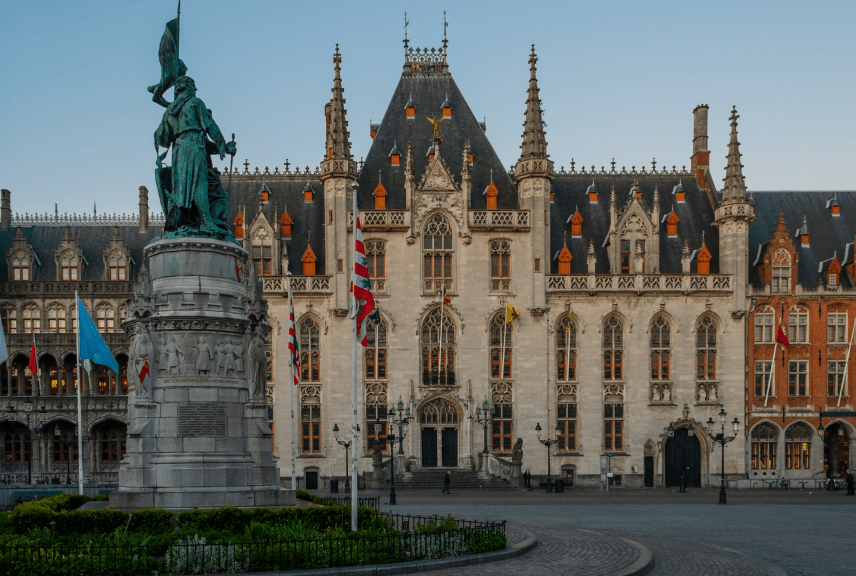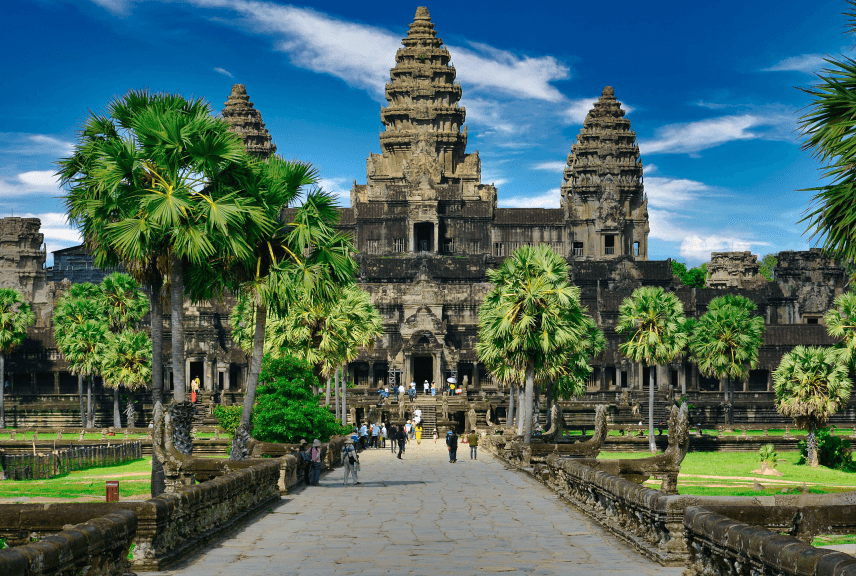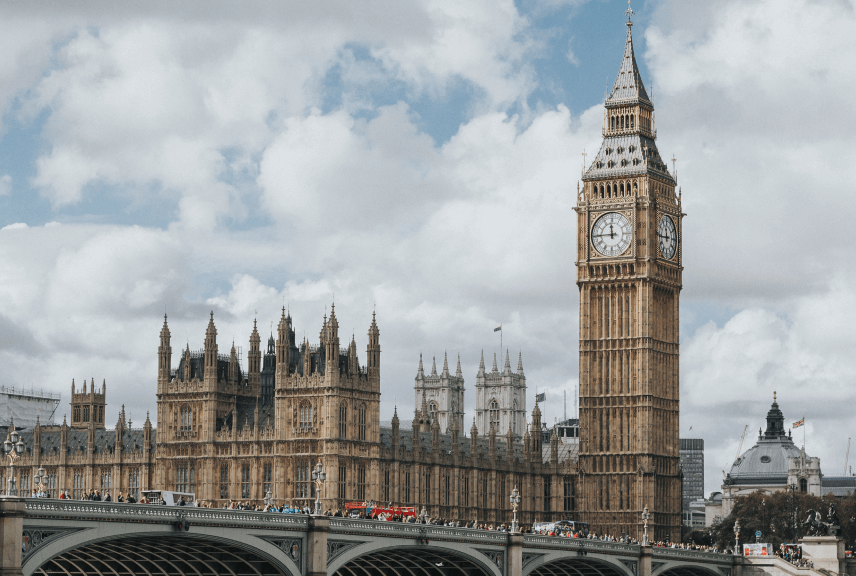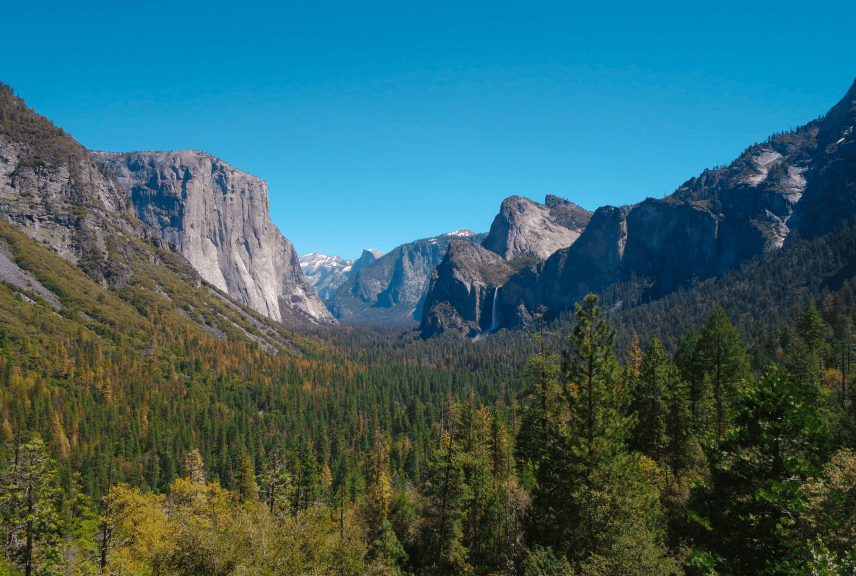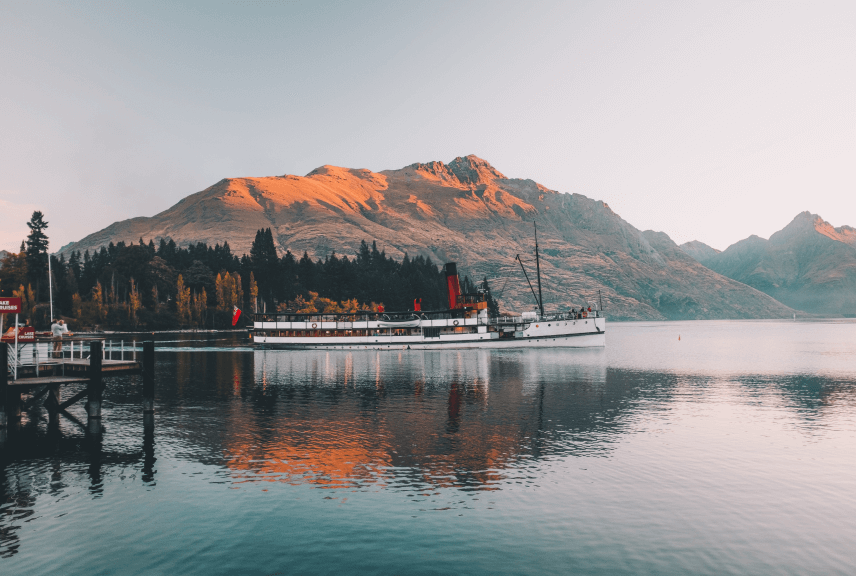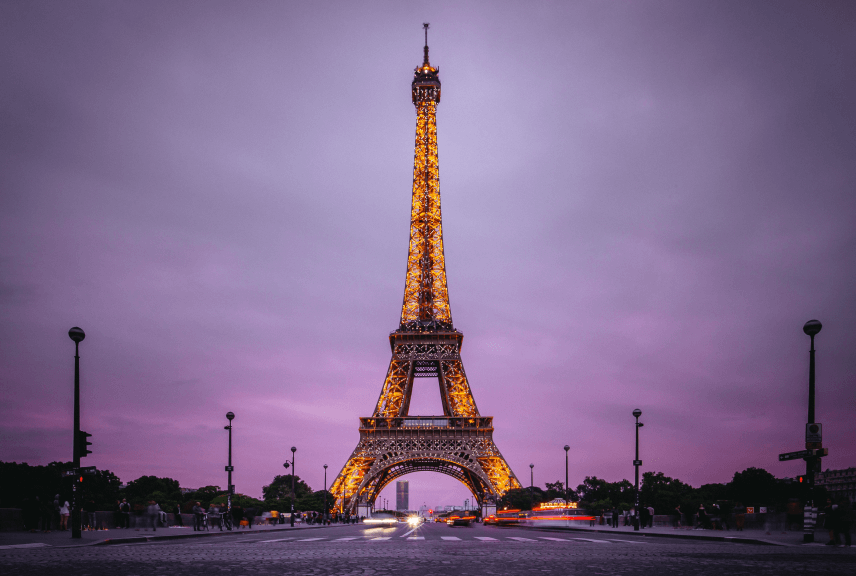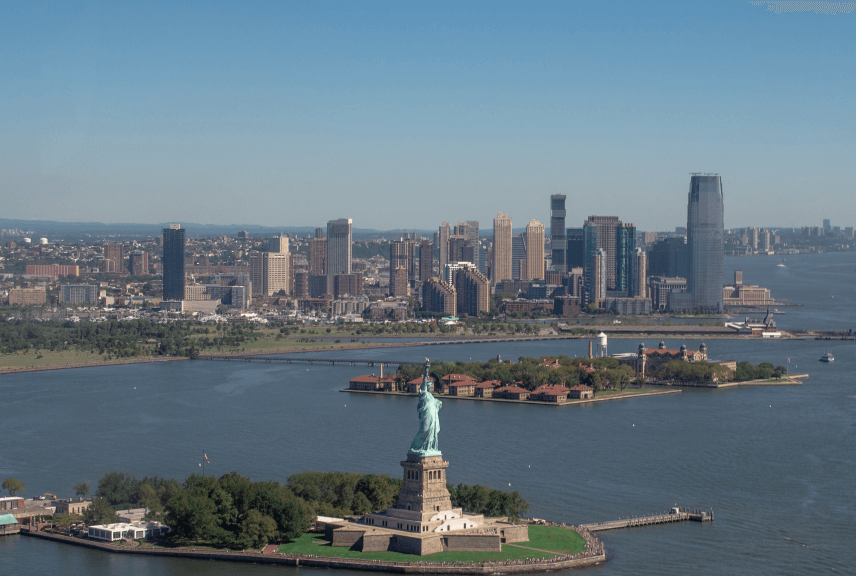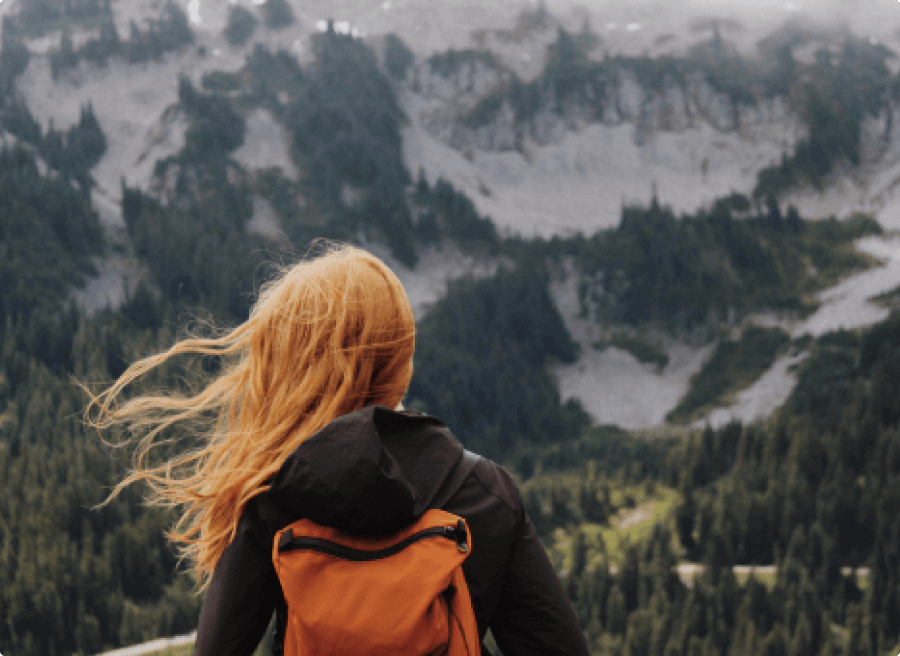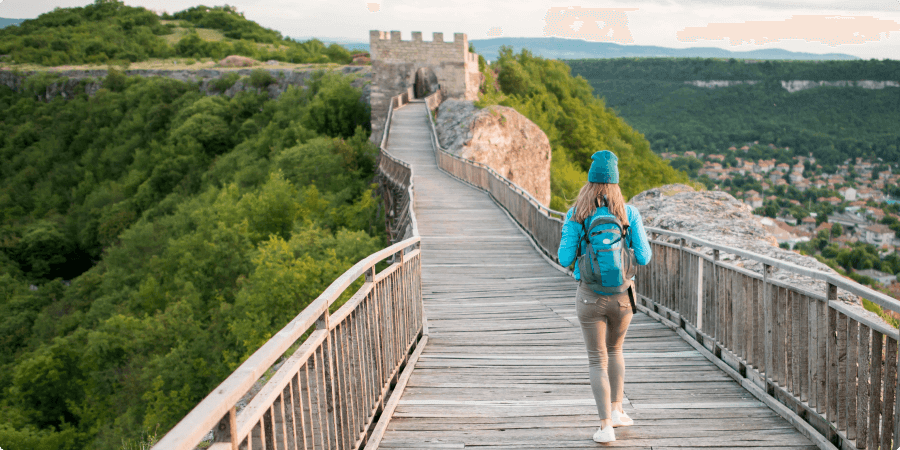Plan your next adventure and discover Bangladesh, a land of vibrant culture, lush green landscapes, and breathtaking riverine beauty. Often overshadowed by its neighbors, Bangladesh is a land of profound natural beauty, vibrant culture, and a history that echoes through ancient ruins and bustling city streets. It is a nation woven from the threads of countless rivers, emerald paddy fields, and the resilient spirit of its people. For the intrepid traveler willing to look beyond the headlines, Bangladesh offers a treasure trove of experiences that are as authentic as they are unforgettable. From the world’s largest mangrove forest to serene hills draped in clouds, here is a guide to the top 10 travel spots in this captivating South Asian jewel.
1. Cox’s Bazar: The Endless Shoreline
No list of Bangladeshi destinations is complete without Cox’s Bazar. It proudly holds the title of the world’s longest unbroken natural sea beach, stretching over 120 kilometers along the Bay of Bengal. The main beach area is a hive of activity, with families enjoying the waves, vendors selling fresh coconuts, and fishermen hauling in their daily catch. For a quieter experience, venture south to Himchari, known for its waterfalls and hills, or Inani Beach, famous for its unique collection of coral-like stones and tranquil atmosphere. The sunset at Cox’s Bazar is a daily spectacle, painting the sky in fiery hues of orange and pink, a sight that captivates every visitor.
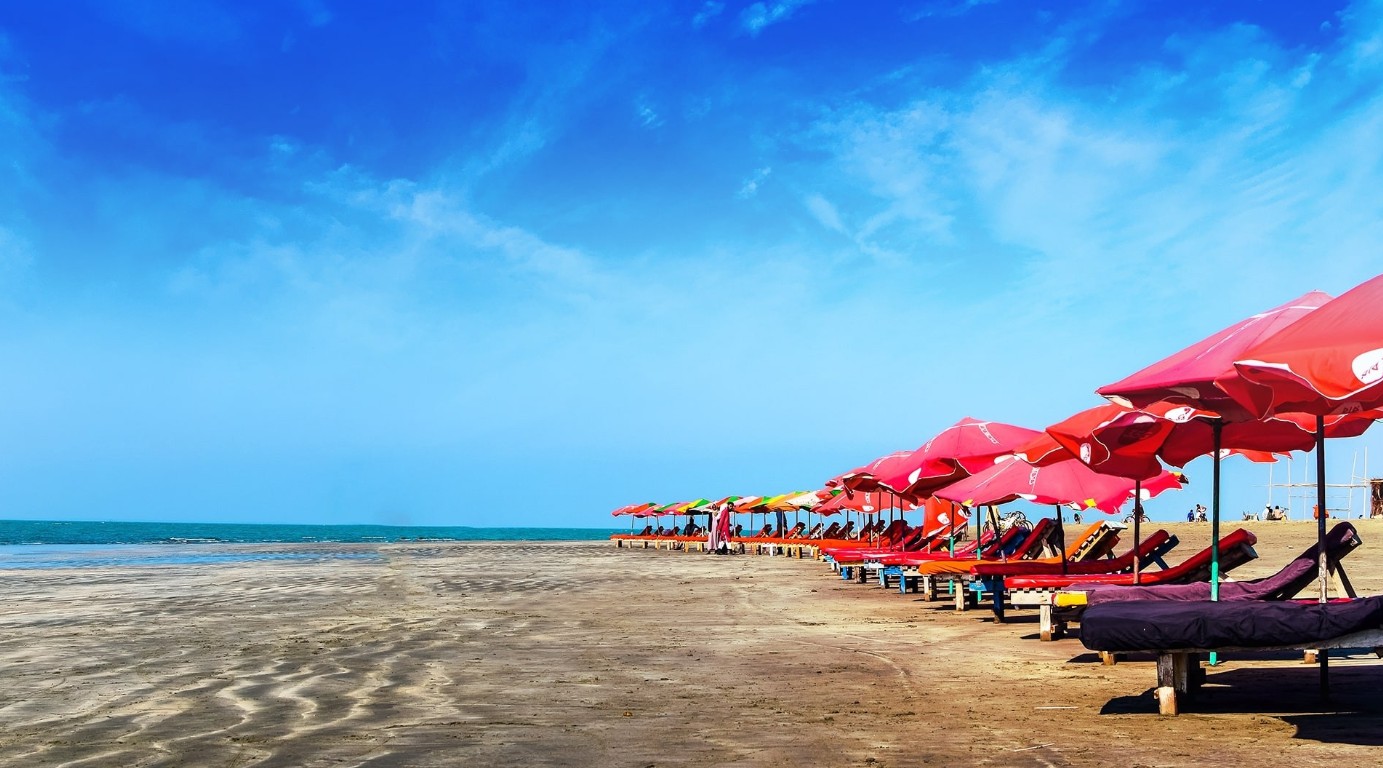
2. The Sundarbans: A Mangrove Wilderness
A UNESCO World Heritage Site, the Sundarbans is the world’s largest single block of tidal mangrove forest—an ethereal, mysterious, and awe-inspiring ecosystem. This labyrinth of waterways, mudflats, and small islands is the kingdom of the majestic Royal Bengal Tiger. While spotting a tiger is a matter of sheer luck, a multi-day boat safari through the Sundarbans is an adventure in itself. You will glide silently through narrow creeks, spot crocodiles basking on the banks, see herds of spotted deer, and hear the symphony of countless bird species. It’s a raw, untamed wilderness that showcases nature at its most powerful.
3. Sajek Valley: The Kingdom of Clouds
Nestled in the Rangamati hill district, Sajek Valley has earned the nickname “The Queen of Hills.” Situated at an altitude of around 1,800 feet, the valley offers breathtaking panoramic views of the surrounding hills. The main allure of Sajek is the sea of clouds that often blankets the landscape, especially in the early morning and late afternoon. Waking up to find yourself above a dense white blanket of clouds is a magical experience. Visitors can stay in small, indigenous-run cottages, experience the local tribal culture of the Lusai and Pangkua communities, and enjoy the serene, pollution-free environment.
4. Saint Martin’s Island: The Coral Paradise
The only coral island in Bangladesh, Saint Martin’s is a tiny, idyllic paradise in the Bay of Bengal. Known locally as “Narikel Jinjira” (Coconut Island), its crystal-clear blue waters, pristine sandy beaches, and rows of coconut trees create a picture-perfect tropical escape. The island is small enough to be explored on foot or by bicycle. Snorkeling and scuba diving offer a glimpse into the underwater coral world, while enjoying freshly caught seafood at a beachside shack is a culinary delight. The journey by sea from Teknaf to the island is an adventure in itself, often accompanied by flocks of seabirds.
5. Srimangal: The Tea Capital
For a refreshing change of scenery, head to Srimangal, the heart of Bangladesh’s tea industry. The landscape is a stunning mosaic of rolling hills carpeted in endless shades of green tea gardens. A visit here is incomplete without a tour of a tea estate to learn about the journey from leaf to cup, and a taste of the famous seven-layer tea at Nilkantha Tea Cabin. Srimangal is also home to the Lawachara National Park, a protected rainforest that houses a variety of wildlife, most notably the endangered Hoolock Gibbon. The peaceful, verdant surroundings make it a perfect place for relaxation and gentle exploration.
6. Ratargul Swamp Forest: The Amazon of Bengal
Located in Sylhet, Ratargul is one of the few freshwater swamp forests in the world. During the monsoon season, the entire forest floor is submerged under several feet of water, and the trees stand as silent sentinels in the calm, dark water. The best way to experience Ratargul is by taking a quiet, slow boat (dinghy) ride, paddling through the submerged corridors of trees. The silence, broken only by the chirping of birds and the gentle splash of the oar, creates a hauntingly beautiful and serene atmosphere, offering a unique ecological adventure.
7. Paharpur: Echoes of an Ancient Monastery
Step back in time at the Somapura Mahavihara in Paharpur, another UNESCO World Heritage Site. This colossal 8th-century Buddhist monastery was once a renowned intellectual and spiritual center in the ancient world. The ruins, dominated by a massive central stupa, are a testament to the architectural and scholarly prowess of the Pala dynasty. The intricate terracotta plaques that adorn the walls depict mythological figures, animals, and scenes from daily life, providing a fascinating glimpse into a bygone era. Walking through these ancient grounds is a humbling journey through history.
8. Bagerhat: The Historic Mosque City
The Mosque City of Bagerhat, a UNESCO World Heritage Site in southwestern Bangladesh, is a remarkable example of medieval Islamic architecture. Founded by the Turkish general Khan Jahan Ali in the 15th century, the city is dotted with dozens of mosques and monuments. The most famous among them is the magnificent Shait Gumbad Mosque (Sixty Dome Mosque), a formidable brick structure supported by 60 pillars and crowned with 77 domes. Its austere beauty and historical significance make Bagerhat a crucial stop for anyone interested in the region’s rich Islamic heritage.
9. Old Dhaka: The Pulsating Heart of the Nation
For a full-sensory experience, dive into the chaotic charm of Old Dhaka (Puran Dhaka). This is the historical and cultural soul of the capital city. Navigate the narrow, winding alleys on a rickshaw, the city’s iconic mode of transport. Explore architectural marvels like the unfinished Lalbagh Fort and the stunning pink facade of Ahsan Manzil (The Pink Palace). But the true magic of Old Dhaka lies in its street food. From savory Biryani and Bakarkhani to sweet Jalebis, the air is thick with the aroma of culinary history, making it a paradise for food lovers.
10. Bandarban: Adventure in the Hill Tracts
For the thrill-seekers and nature lovers, Bandarban offers the ultimate adventure. Part of the Chittagong Hill Tracts, this region is home to some of Bangladesh’s highest peaks, remote indigenous villages, and stunning natural landscapes. Trek to the peak of Nilgiri or Keokradong for spectacular views, visit the serene Boga Lake, or hike to the powerful Nafakhum Waterfall. Bandarban provides a unique opportunity to immerse oneself in the diverse cultures of the various ethnic communities like the Marma, Murong, and Bawm, offering a perspective of Bangladesh far removed from the riverine plains.
FAQ
1. What is the best time of year to visit Bangladesh?
The ideal time to visit Bangladesh is during the cool, dry winter season, which runs from October to March. During these months, the weather is pleasant, sunny, and comfortable for sightseeing, trekking in the hill tracts, and relaxing on the beaches. While the monsoon season (June to September) can cause travel disruptions, it is the best time to see the lush, green landscapes and unique destinations like the Ratargul Swamp Forest in their full glory.
2. Is Bangladesh a safe country for tourists, especially for solo or female travelers?
Generally, Bangladesh is a safe country for tourists. Bangladeshi people are renowned for their hospitality and curiosity towards foreign visitors. However, like any travel destination, it is important to take standard safety precautions. Be aware of your surroundings in crowded areas, avoid displaying expensive valuables, and be cautious at night. For solo or female travelers, dressing modestly (covering shoulders and knees) is recommended to respect local cultural norms and avoid unwanted attention.
3. How do you travel between the different tourist spots mentioned?
Getting around Bangladesh involves using a variety of transportation methods:
- Domestic Flights: The quickest way to cover long distances, with routes connecting Dhaka to major hubs like Cox’s Bazar, Sylhet, and Chittagong.
- Buses: The most common and extensive mode of travel, with options ranging from budget-friendly local buses to comfortable air-conditioned coaches.
- Trains: A scenic and generally comfortable option for traveling between major cities.
- Boats and Ferries: Essential for exploring the riverine landscape, visiting the Sundarbans, and reaching islands like Saint Martin’s.
4. What are some must-try foods I should look for?
Bangladeshi cuisine is rich and flavorful. Don’t leave without trying Biryani (especially Kacchi Biryani in Old Dhaka), the national fish Ilish (Hilsa), and a variety of bhortas (spicy mashed vegetables or fish). For a unique experience, seek out the famous seven-layer tea in Srimangal. Street food in Dhaka is also an adventure, offering everything from savory snacks to delicious sweets.
5. Do I need a visa to travel to Bangladesh?
Yes, most foreign nationals require a visa to enter Bangladesh. While many countries are eligible for a Visa on Arrival (VOA) at major international airports, the rules can change and may depend on your nationality and reason for visiting. To ensure a smooth entry, it is highly recommended that you check the latest requirements and apply for a visa in advance at your nearest Bangladeshi embassy or consulate before you travel.
9 Essential Tips For Making the Most of Your Summer Holiday
